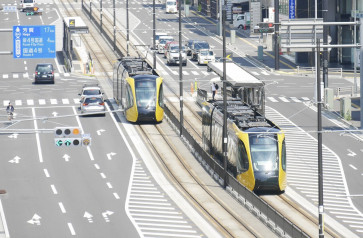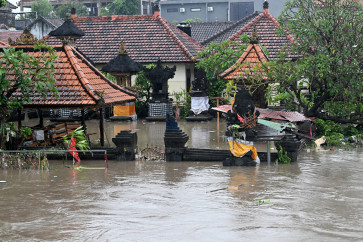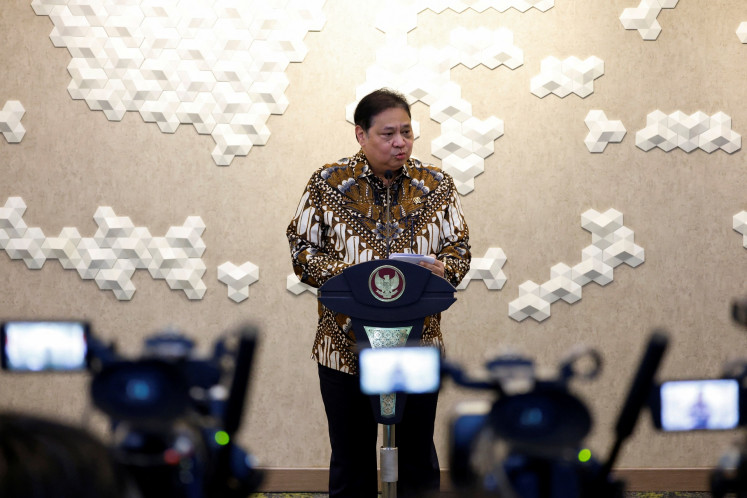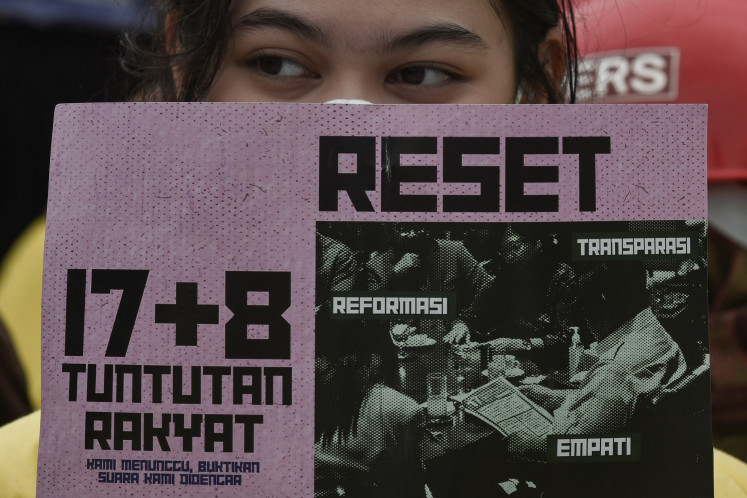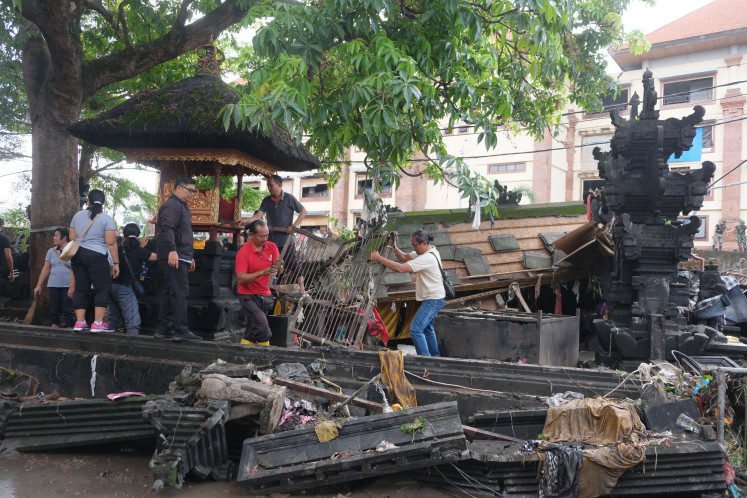Popular Reads
Top Results
Can't find what you're looking for?
View all search resultsPopular Reads
Top Results
Can't find what you're looking for?
View all search resultsRI told to learn from Thailand, Japan to manage food supply
Indonesia must learn from Thailand and Japan to secure its agricultural land and improve food supplies to ensure food security, agreed several officials on Monday
Change text size
Gift Premium Articles
to Anyone
I
ndonesia must learn from Thailand and Japan to secure its agricultural land and improve food supplies to ensure food security, agreed several officials on Monday.
Indonesian Ambassador to Thailand Mohammad Hatta said that Thailand’s food security measures were better than Indonesia’s.
“The government of Thailand does not allow agriculture land conversion,” he said as quoted by detikfinance.com news portal.
“It is different in Indonesia, where agricultural land can be converted into residential or industrial area by a land acquisition process.”
The 2009 Agriculture Land Protection Law requires the government to handle land acquisitions for infrastructure construction related to, for example, education, dams, irrigation, landfills, state hospitals, railways, roads and highways before offering a project tender.
According to the law, the government must also assign a team to value land prices.
According to a report released by the research and development agency of the Agriculture Ministry, 27,000 hectares of agricultural land were lost or converted to other purposes every year.
Hatta said that 80 more rice banks would soon join an existing 3,355 rice banks across Thailand.
He said residents could borrow rice from the banks without being charged interest.
“They just have to return the rice when the loan matures,” he said.
Meanwhile, Indonesia’s agriculture attache in Japan, Arman Wijonarko, said that Japan had diversified its staple food from rice to other crops.
“The Japanese are used to eating foods other than rice because other foods have been included in elementary school students’ lunch menus,” he told detikfinance.com.
“Japan included bread for elementary schools after World War II. They have included food diversification in their educational system.”
Separately, the Agriculture Ministry’s director general of agricultural processing and marketing, Zaenal Bachruddin, also suggested that Indonesia to diversify its food consumption as a way to achieve national food security by shifting from rice to other carbohydrate-rich crops, especially locally produced ones.
Zaenal also suggested that Indonesia to look to Japan, with its limited agriculture land, as a model.
“Japan has limited rice production but developed advanced technology to help bolster its national food security,” he told detikfinance.com.
He said Indonesia must develop its agricultural technology to reduce the loss of unhusked rice production after harvesting.
“This is also a strategy to achieve a surplus of 10 million tons of rice, he said.
Another way to increase national food security was to increase the number of new rice fields from 60,000 hectares this year to 300,000 hectares in 2015, Zaenal said.
Indonesia is targeting to produce 70.6 million tons of rice in 2011.
The government is optimistic it can achieve the target so that Indonesia does not have to import rice.
Several state-owned enterprises have allocated Rp 4.1 trillion (US$ 479.7 million), including Rp 1 trillion in 2011, to reach food security by 2014. (msa)



